SpinLaunch project. Centrifugal into space
The forces of small private enterprises in the United States are now working on various options for systems for delivering cargo to orbit, incl. with unusual principles of work. For example, the California-based startup SpinLaunch has developed and tested a "suborbital accelerator" using the centrifugal principle of launching a load. The pilot plant successfully completed its first launch a few weeks ago.
Looking for an alternative
SpinLaunch (literally "spin launch") was founded in 2014 in Sunnyvale, California. From the very beginning, the company's only task was to develop a fundamentally new system of space launches, which has advantages over traditional rocket and space technology. Instead of chemical-fueled rockets and engines, the SpinLaunch system must use centrifugal force.
Over the next several years, the company carried out the necessary research and development work. Projects were created for the pilot and full-size SpinLaunch installations. The technology demonstrator, which has limited capabilities, received its own name Suborbital Accelerator ("suborbital accelerator"). The full-size system is accordingly called an orbital accelerator.
Unlike other space startups, SpinLaunch hasn't paid much attention to advertising. Most of the work was carried out without much noise and regular loud News... However, by the beginning of 2020, she managed to get financial support from several investors and even interest the Pentagon.
2019-20 SpinLaunch has begun preparations for future tests. In particular, the headquarters of the startup moved to Long Beach, and for practical events they rented the space of the Spaceport America cosmodrome in the US. New Mexico. To date, an experimental launcher has been built there. On October 22, its first tests took place with the successful launch of a rocket simulator.
Centrifugal principle
The principle of operation of the SpinLaunch installation is quite simple, but its implementation is quite complicated in technical terms. At the same time, the successful solution of design problems allows one to obtain certain advantages of a technical, energy and even environmental nature.
The main and largest element of the SpinLaunch installation is a cylindrical vacuum chamber. Inside it is a centrifuge for accelerating the payload, and outside there is a guide tube running along a tangent, the upper end of which is hermetically sealed by a membrane. The complex also includes a support device, electric drives of a centrifuge, a pumping unit, etc. Depending on the required orbit, the tube chamber can be installed both vertically and tilted.
Inside the chamber is a centrifuge with a payload rocket holding device. During launch, it must pick up the design speed, imparting the required kinetic energy to the rocket. Then, at a given moment in time, the rocket is released, it enters the guide tube and leaves the installation through it, breaking through the membrane.
A special launch vehicle is offered for SpinLaunch. It is a reusable two-stage small-sized product with a payload compartment and its own limited-power propulsion system. The payload of such a rocket would reach 400 pounds (181 kg) for low Earth orbit.
As conceived by the developers, a full-size launcher should "spin up" and eject a rocket at a speed of more than 2200 m / s. Due to the accumulated energy, it will be able to rise to an altitude of more than 60 km in a minute, where its own engine will be launched for further flight into orbit. After the launch of the payload, the rocket should return to Earth to prepare for the next launch.
At different scales
To date, SpinLaunch has built a Suborbital Accelerator prototype and started testing it. This complex has a total height of approx. 50 m and ensures the launch of the rocket vertically upward. A smaller version of the rocket with a length of approx. 3 m. It does not have an engine, and the payload is made in the form of control equipment.
The first launch from the pilot plant took place on October 22. Using 20% of the rated power, the installation accelerated the rocket to a speed of "thousands of miles per hour", which raised it to an altitude of "tens of thousands of feet." At the same time, the exact characteristics of the launch and flight are not named.
In the coming months, the company plans to continue testing its "suborbital accelerator". It is planned to carry out up to 30 suborbital launches to test all systems. Then a transition to orbital launches is possible - if the real characteristics of the system allow it.
In the future, the company will complete the development and begin construction of a full-size "accelerator". It will be roughly three times the size of the prototype and will show corresponding performance characteristics. It is expected that this variant of SpinLaunch will be able to launch a real load into orbit and will be able to enter the launch services market.
Advantages and disadvantages
According to calculations, already partially confirmed by tests, the centrifugal launch system has some advantages over traditional rocket and space complexes. However, there are also characteristic drawbacks, overcoming which turns out to be an extremely difficult task.
First of all, the calculated advantage of SpinLaunch is economy and energy efficiency. Unlike a launch vehicle, the centrifuge accelerates the payload smoothly and using an economical electric motor. Accordingly, acceleration and lift-off require less energy. According to calculations, such a launch will cut the amount of fuel required for further ascent into orbit by a factor of four.
An important advantage of SpinLaunch is the relative ease of preparation for launch. It is expected that such a system will be able to carry out several launches per day with a minimum interval. High productivity will have a noticeable impact on economic performance.
The ecological features of the project are also noted. So, the main work of the system will be performed with the help of electricity, which may have a "pure" origin. In the presence of a rocket with an engine, combustion products are generated in the minimum required amount and are emitted only in the upper atmosphere, where they pose a minimum danger to the environment.
The development company claims that new technical solutions can significantly reduce the cost of launching in comparison with traditional launch vehicles. According to calculations, this parameter can be increased to 500 thousand dollars per launch - less than 3 thousand dollars per 1 kg of load. Such a low cost will surely attract the attention of customers and contribute to an increase in the number of starts, which will also help to reduce prices.
To achieve these goals, however, several major challenges need to be addressed. First of all, this is the overall complexity of the design. Building a vacuum chamber tens of meters in diameter is not an easy task. At the same time, the operability and reliability of such a unit is critical for the entire starting system. Any crack and break in the vacuum can have the most serious consequences.
The second drawback of the system and the concept as a whole is the limited energy capacity. Even a full-size SpinLaunch system will be able to send less than 200 kg into low orbits, which will seriously limit the range of potential loads and customers. In addition, there is virtually no scope for scaling. The increase in the output load is associated with an increase in the size of the launcher, which already turns out to be excessively large and complex.
At the test stage
Apparently, the developers of the SpinLaunch system are well aware of all the strengths and weaknesses of their project. Talking about it, they focus on the advantages, while trying to figure out the disadvantages “behind closed doors”. How successful this work will be and whether it will be possible to obtain the optimal ratio of all characteristics - tests will show.
The first launch of a simplified "rocket" with test equipment took place a few weeks ago, and the tests will not stop there. For the coming months alone, approx. 30 launches with certain tasks. And based on the results of these activities, the ways of further development of the project will be determined. Of course, if the pilot plant confirms the calculated characteristics and shows the general feasibility of the project.
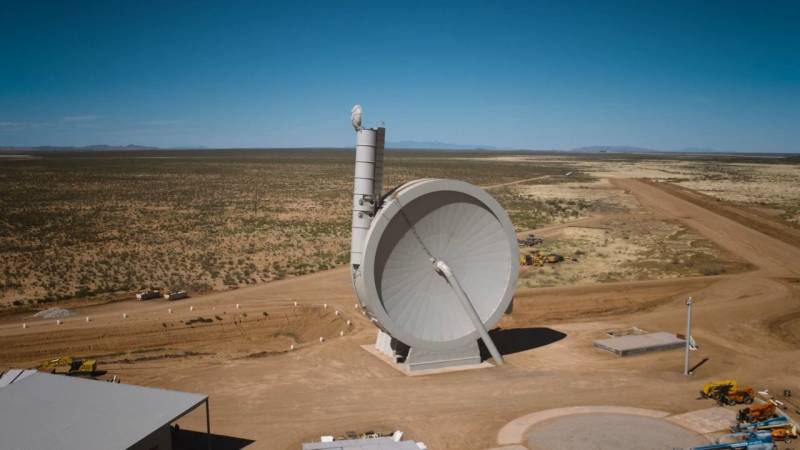
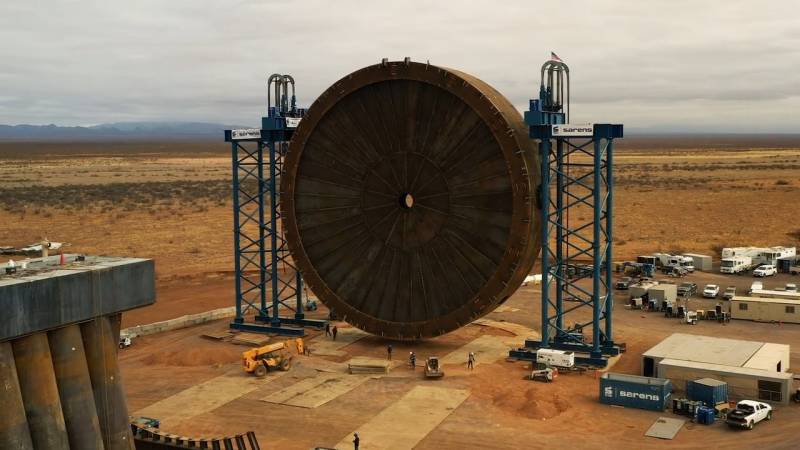
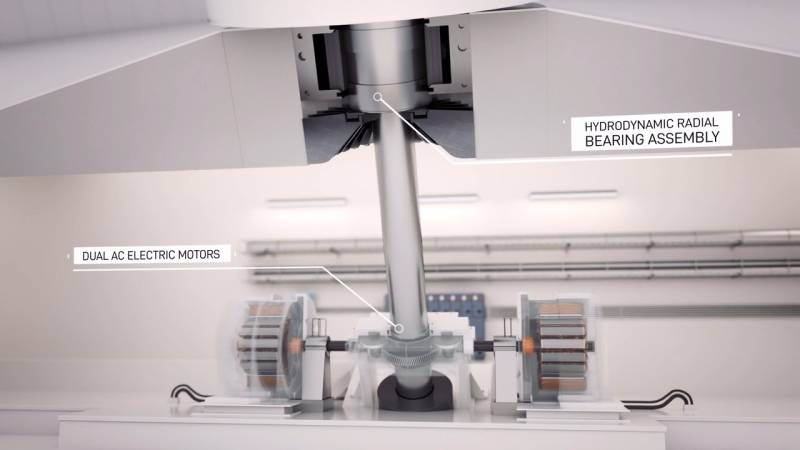
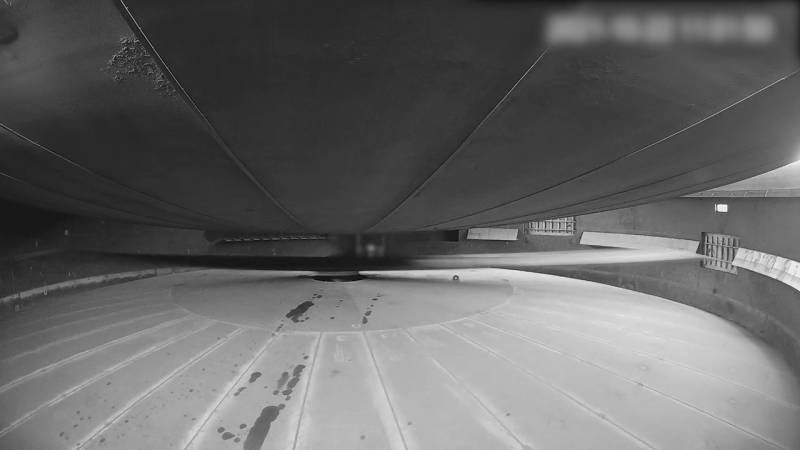
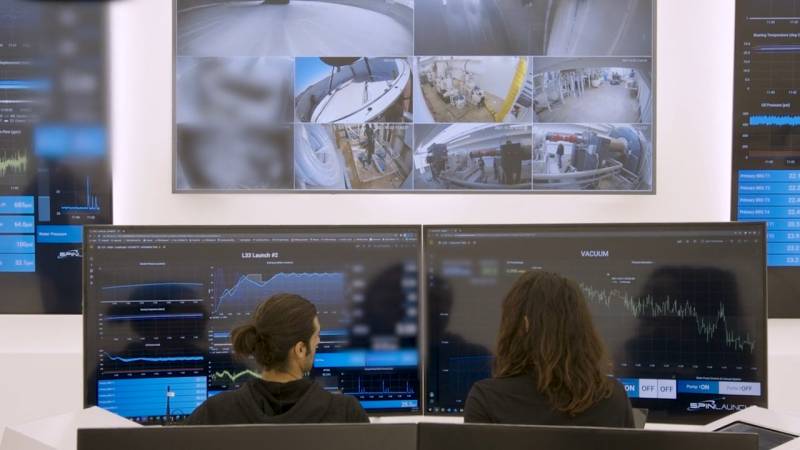
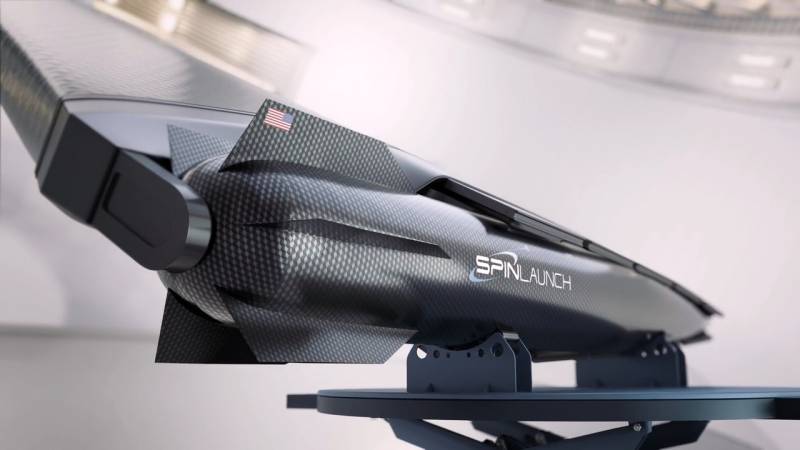
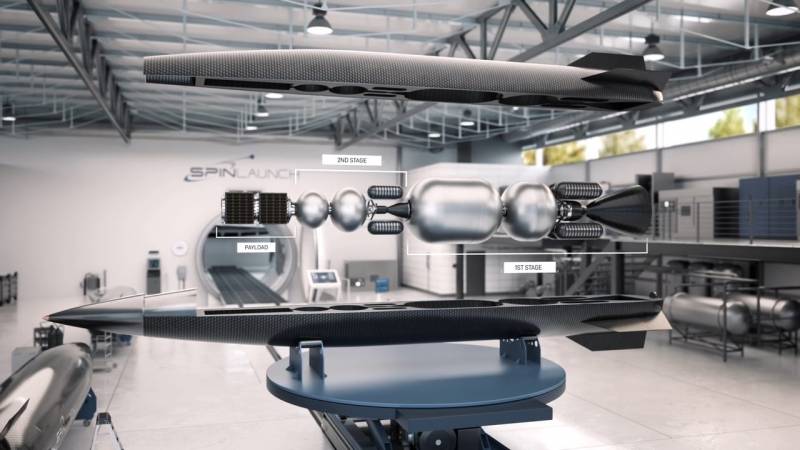
Information